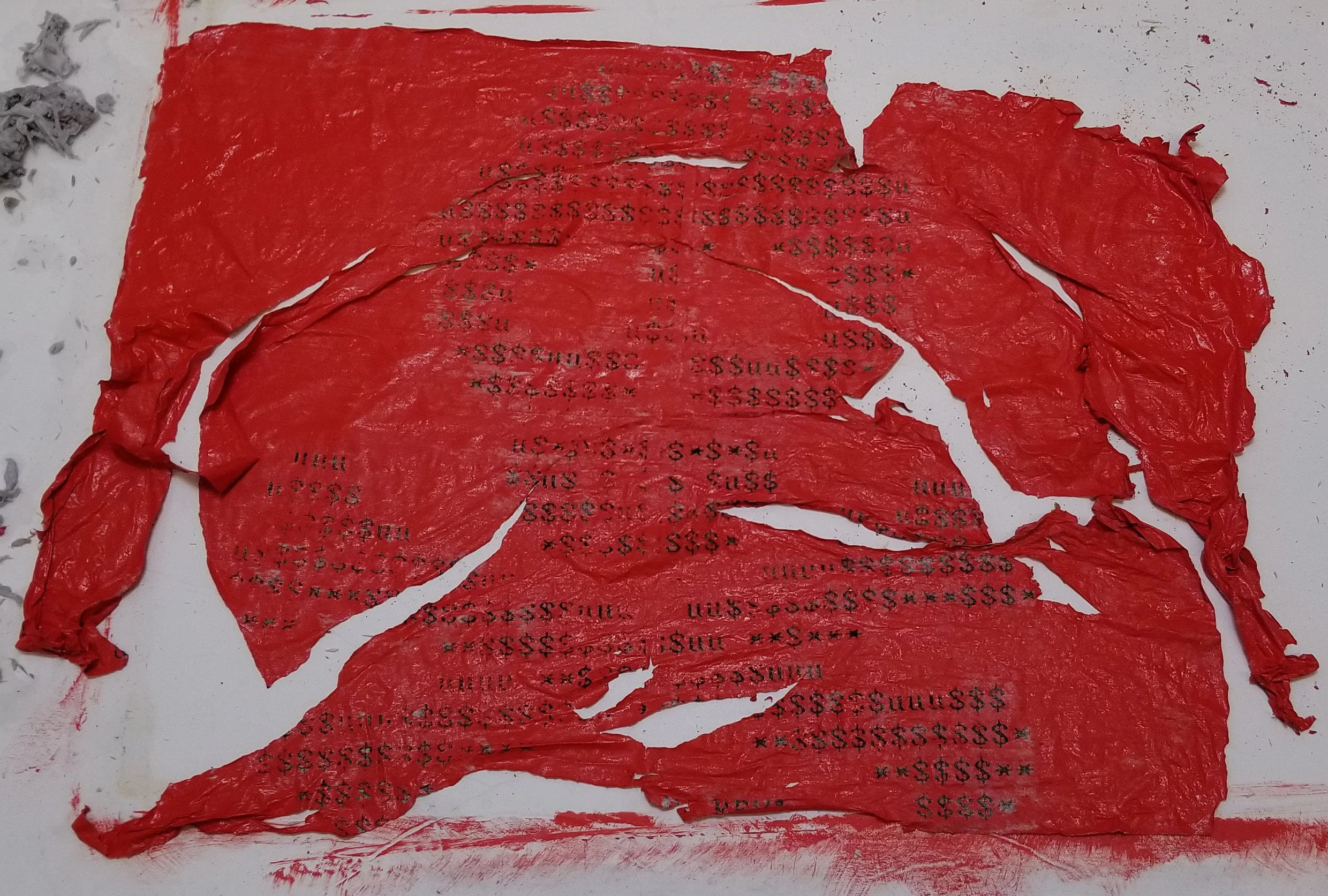Host Jumping, thinking about viruses and how they’re changing.
As I write this, we’re in the midst of a new variant of Covid-19 that has begun to spread from its country of origin into the larger world. It’s not my intention to trivialize the impact of this new mutation, but to me, Omicron sounds like a computer virus or a transformer (electrical or cartoon?). There are so many homonyms floating around that it’s hard to make sense of when these words apply to specific things. The focus of my work recently has been viruses, but I can’t use that single word to talk about the these topics, instead I need to use computer virus.
To use a recent example, early this year the Colonial Pipeline in the US was shut down due to a virus. To someone that didn’t see news of the specifics, they’d be forgiven for assuming that it was because of the of the ongoing COVID pandemic, much like the Tyson pork-processing plant or entire countries that went into lock-down. Instead, it was a virus of a different sort, a ransomware attack, that shut them down. While nowhere near as damaging to humanity on a whole as SARS-Covid-19, an epidemic of a ransomware has taken off in parallel, and has been growing in it’s aggressiveness and in the spread of what all it can impact. In the past few years we’ve seen city’s metro systems taken down, international shipping companies unable to unload cargo, critical infrastructure being taken offline, and has even attack’s on countries immune systems while they are under enormous strain dealing with COVID.
To borrow a term from epidemiology, ransomware has mutated and undergone a cross-species transmission - also known as a host jump - from purely affecting individual discrete digital systems to targeting our physical realities in incredibly tangible ways.
With that in mind, I started work on a series of paintings that articulate this jump within the art context.
After sourcing a variety of traditional artworks, I treated each of these pieces as if they’d been infected with physical ransomware, removing the ability to view the underlying image.
With each of these pieces, I treated them with an opaque layer of paint to remove all traces of the the underlying piece. I’m not going to show any images of this process, as ransomware wouldn’t be much of a challenge if they gave you the keys right off the bat.
After that was set, I used a projector to layout a graphics sources from the Petya ransomware, which I then hand-painted onto the canvases.
After which, I then reassembled the paintings into the original frames, and the pieces were complete. Even though some of the frames aren’t my cup of tea, I decided that it was critical to leave the frames untouched, as something of an index of what the original artwork was. In a way, they serve as an images file container, with the contents within encrypted but with a reference back to what they were originally.
The application of paint also allows some of the original painting’s texture to show through…
And, of course, I tested the ‘decryption’. It works great.
That’s all I have to say about these pieces for now. I’m now going to enjoy my break and give my hands a rest.
Cheers,
Mac Pierce.


